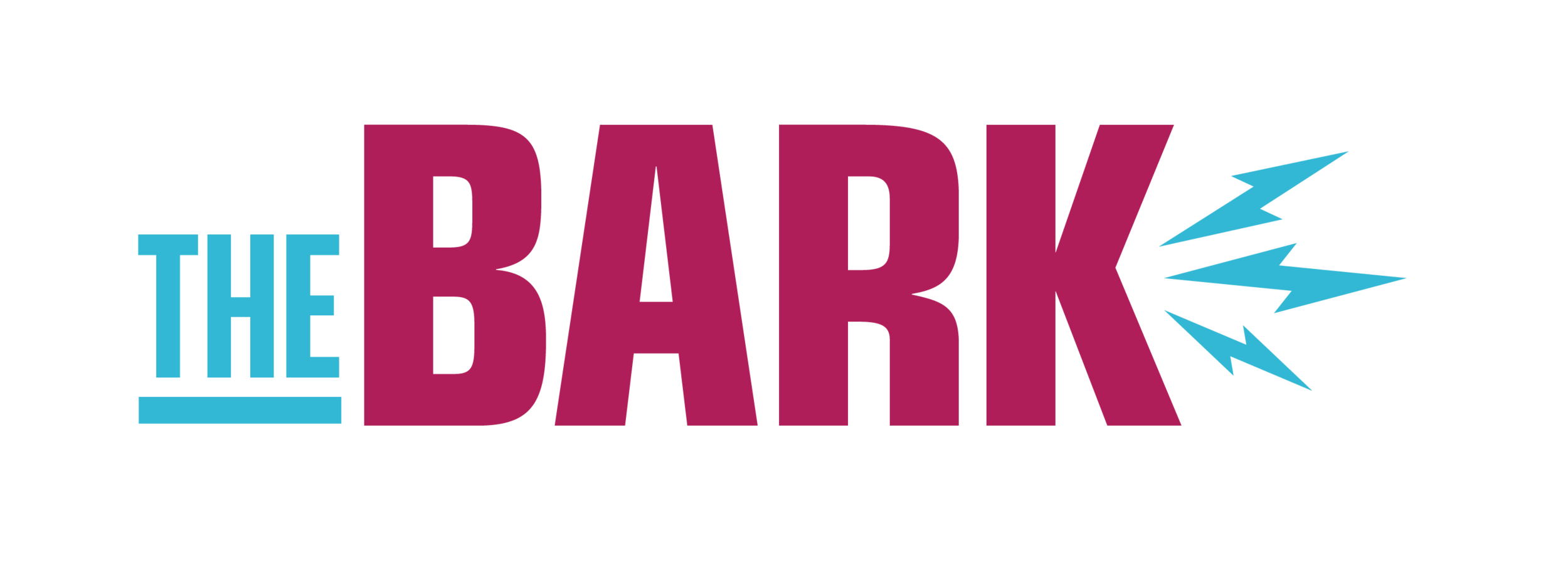Sustainable Economy Teach-In With Winona Laduke
Winona Laduke Teaches UMD about having a more sustainable economic system. Photo Credit: Johns Hopkins Center for a Livable Future.
On Thursday, November 13, Winona LaDuke – an economist, environmentalist and tribal leader – was welcomed to UMD’s campus to share the idea and possible solutions of an economic system change.
The goal: a greener, community-oriented economic system.
A linear economy, which is what we’re living in now, explained Laduke, is unsustainable. In short, everything is made to be thrown away.
However, according to the United States Environmental Protection Agency, a circular economy keeps items in circulation as long as possible.
To LaDuke, the indigenous practice of harvesting wild rice bears the mark of a sustainable economy.
“[the Ojibwe] have been harvesting wild rice in the same place for 10,000 years,” she explained.
This teach-in was one of many NextSystem teach-ins around the world as part of the Next System Project. The Project aims to spread awareness and spark action to develop new systems in the face of economic, social, and political crises.
Dr. Kathryn Milun, Associate Professor of Anthropology & Director of the Center for Social Research, hosted the teach-in.
“What are the next systems that we should be learning about, teaching, et cetera [that are more sustainable]?” Milun commented.
LaDuke introduced actions taken by her White Earth community as examples of possible, more sustainable solutions. 8th Fire Solar is one such group working toward these solutions. It is a small, locally run company that works to provide people with a cheaper heat alternative to the more traditional heating methods of coal, gas and electricity.
Another sustainable option presented by LaDuke was the use of hemp as a building material for houses. Unlike trees and other typical building materials, industrial hemp is quickly renewable – crops are ready for harvest in just a few months. Hemp also soaks up and stores more carbon dioxide from the atmosphere than it puts in. It can be mixed into durable “hempcrete” and non-toxic insulation materials that help save on energy.
“Sustainability isn’t about centralizing; it’s about everyone having their own seed bank,” said LaDuke

